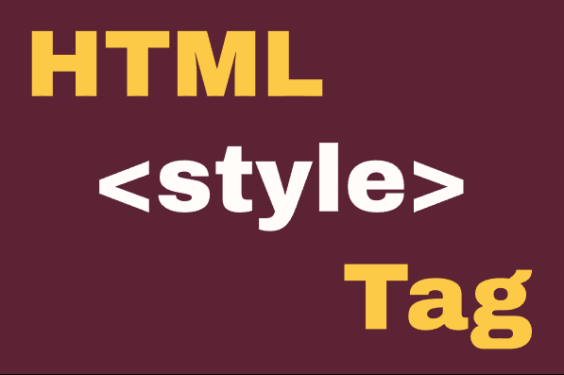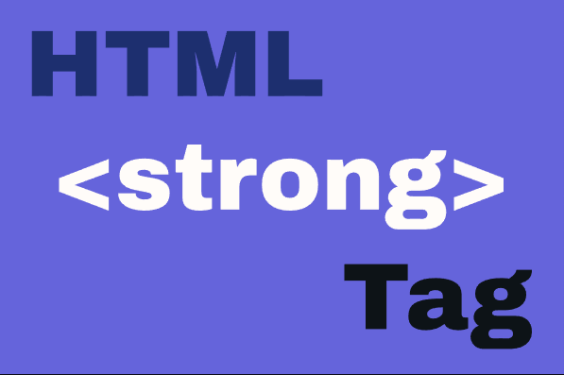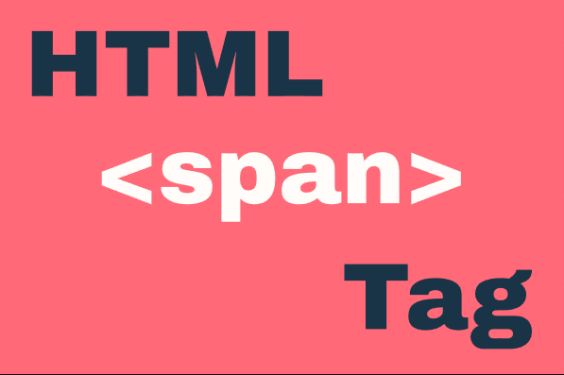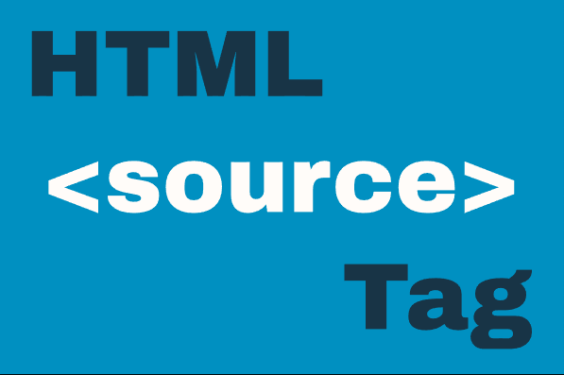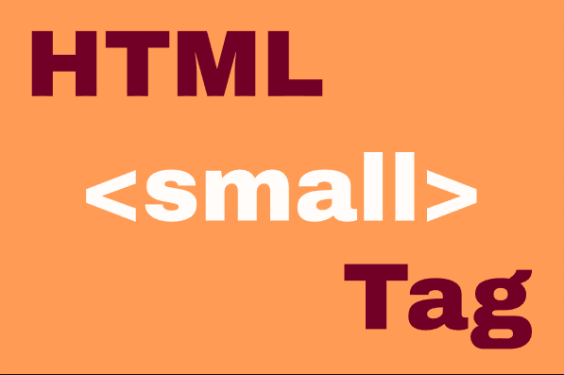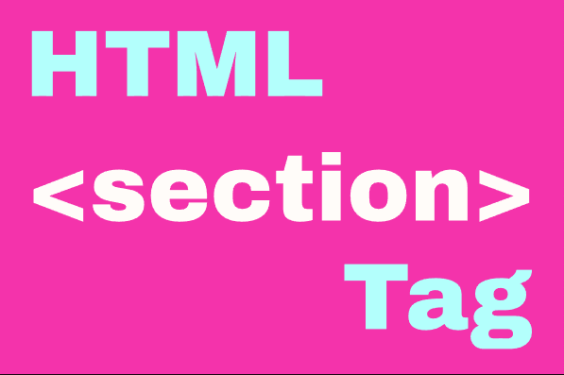HTML <figcaption> Element
Publish in HTML Tutorial el 23/05/2025 23:11
The <figcaption> HTML element represents a caption or legend describing the rest of the contents of its parent <figure> element. It provides semantic meaning to images, diagrams, illustrations, code snippets, or other media content by allowing you to associate a visible description.
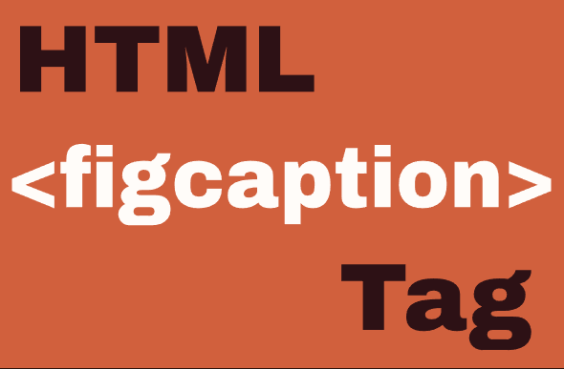
Key characteristics of <figcaption>:
- Must be placed inside a <figure> element
- Can be the first or last child of the <figure>
- Improves accessibility by providing context
- Helps with SEO by associating text with media
Basic Syntax
Here's the basic structure of how <figcaption> is used:
Examples
Example 1: Basic Image with Caption
A simple image with a descriptive caption below it:
Example 2: Code Snippet with Caption
Showing a code block with an explanatory caption:
Example 3: Multiple Images with Group Caption
Grouping several images under one caption:
Example 4: Dynamic Caption with JavaScript
Changing the caption text using JavaScript:
Example 5: Interactive Figure with JavaScript
Creating an interactive figure that responds to user actions:
Tips and Tricks
- Accessibility: Always include proper alt text for images before adding a figcaption.
- Positioning: The figcaption can be placed either before or after the content in the figure.
- Styling: Use CSS to style your figcaptions consistently across your site.
- SEO: Include relevant keywords in your captions when appropriate.
- Length: Keep captions concise but descriptive enough to be useful.
- Numbering: For academic or technical content, consider numbering your figures.
Browser Support
The <figcaption> element is supported in all modern browsers, including Chrome, Firefox, Safari, Edge, and Opera. It's also supported in Internet Explorer 9 and later.
